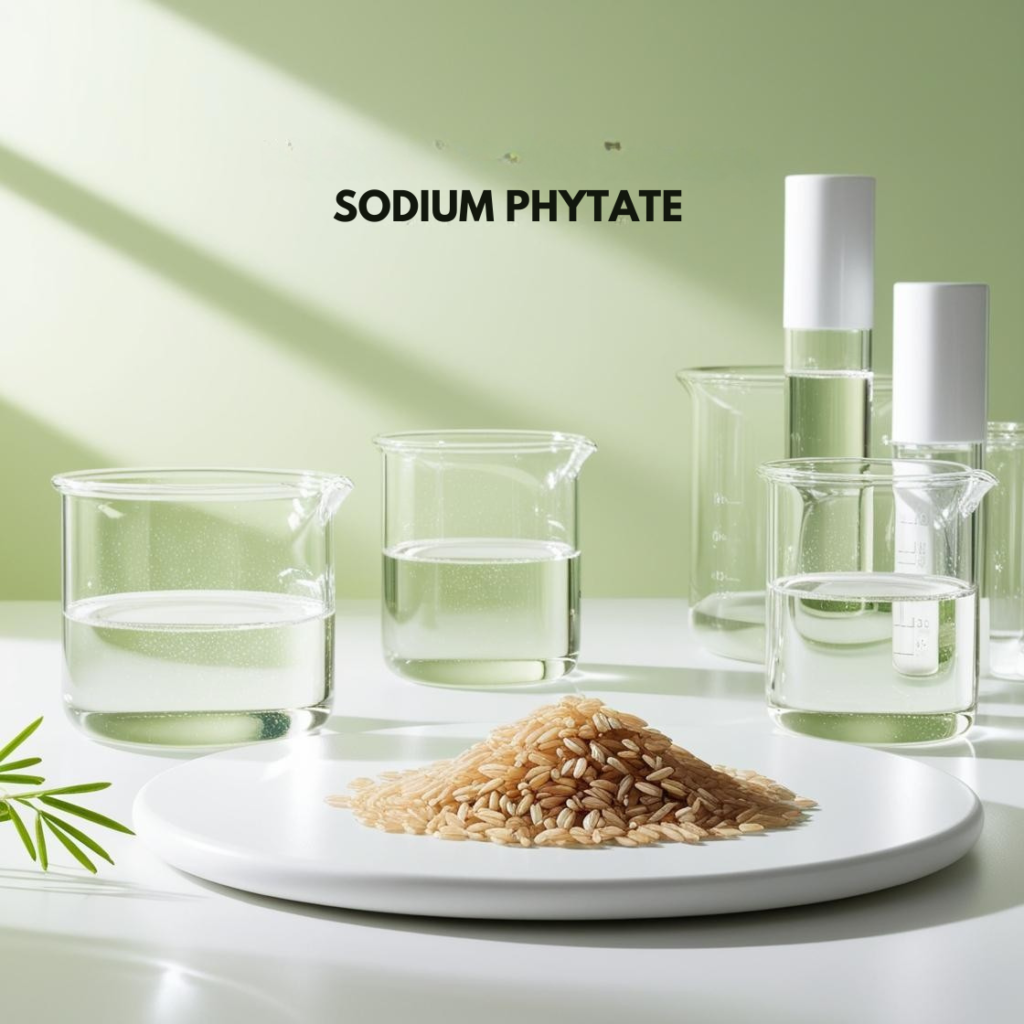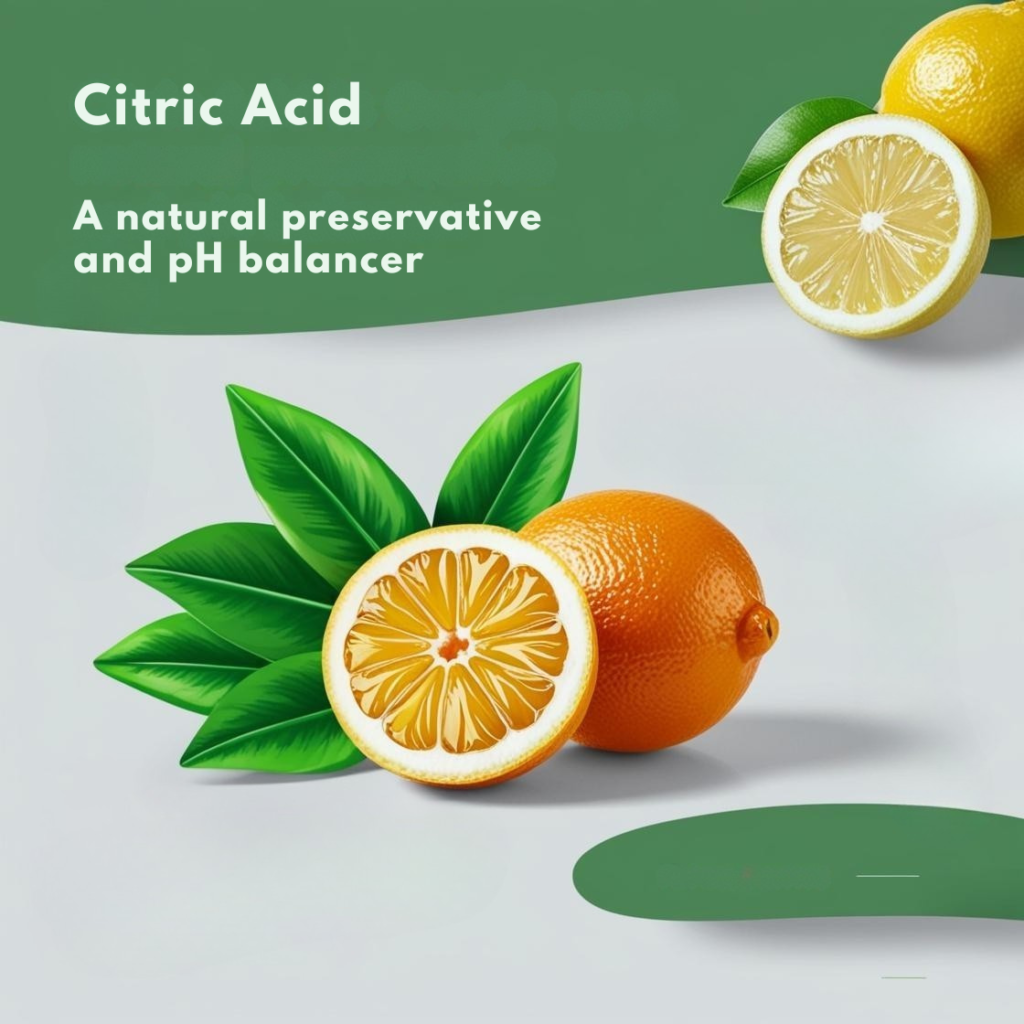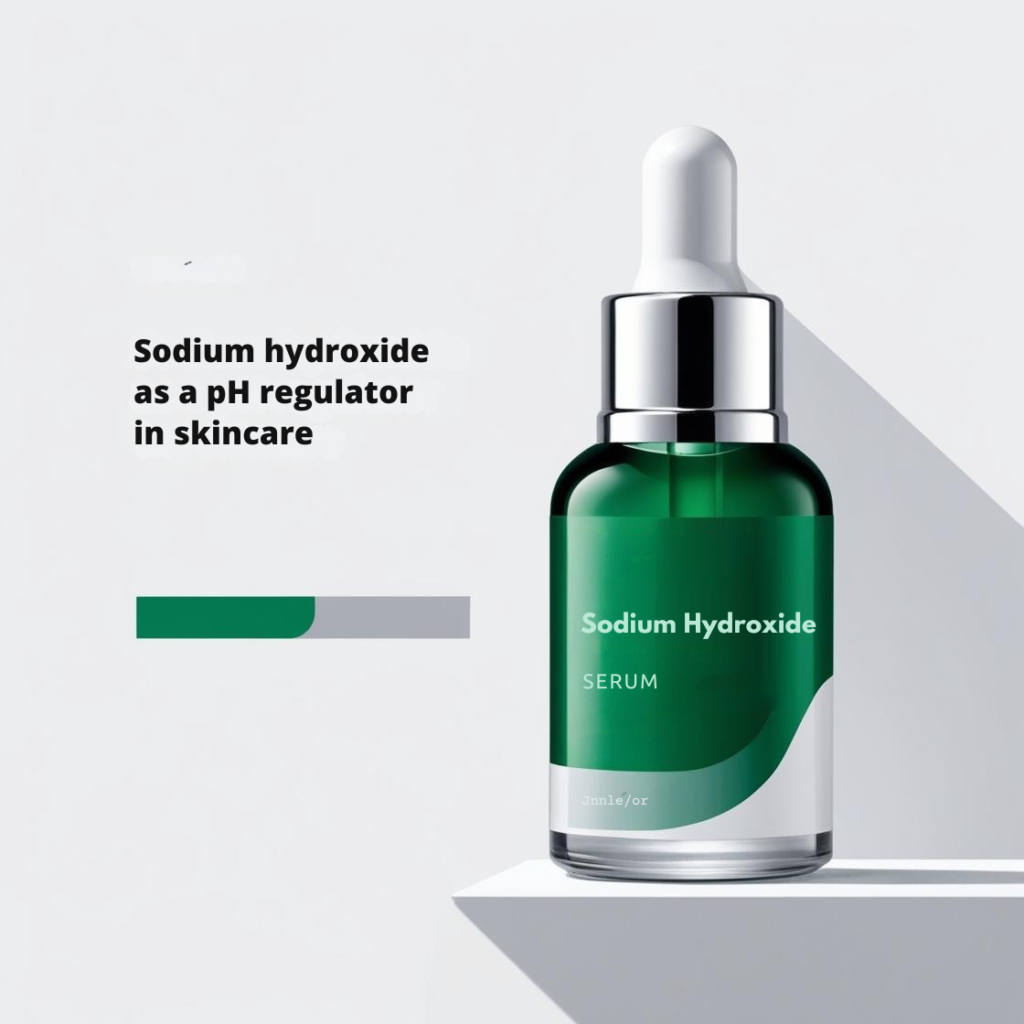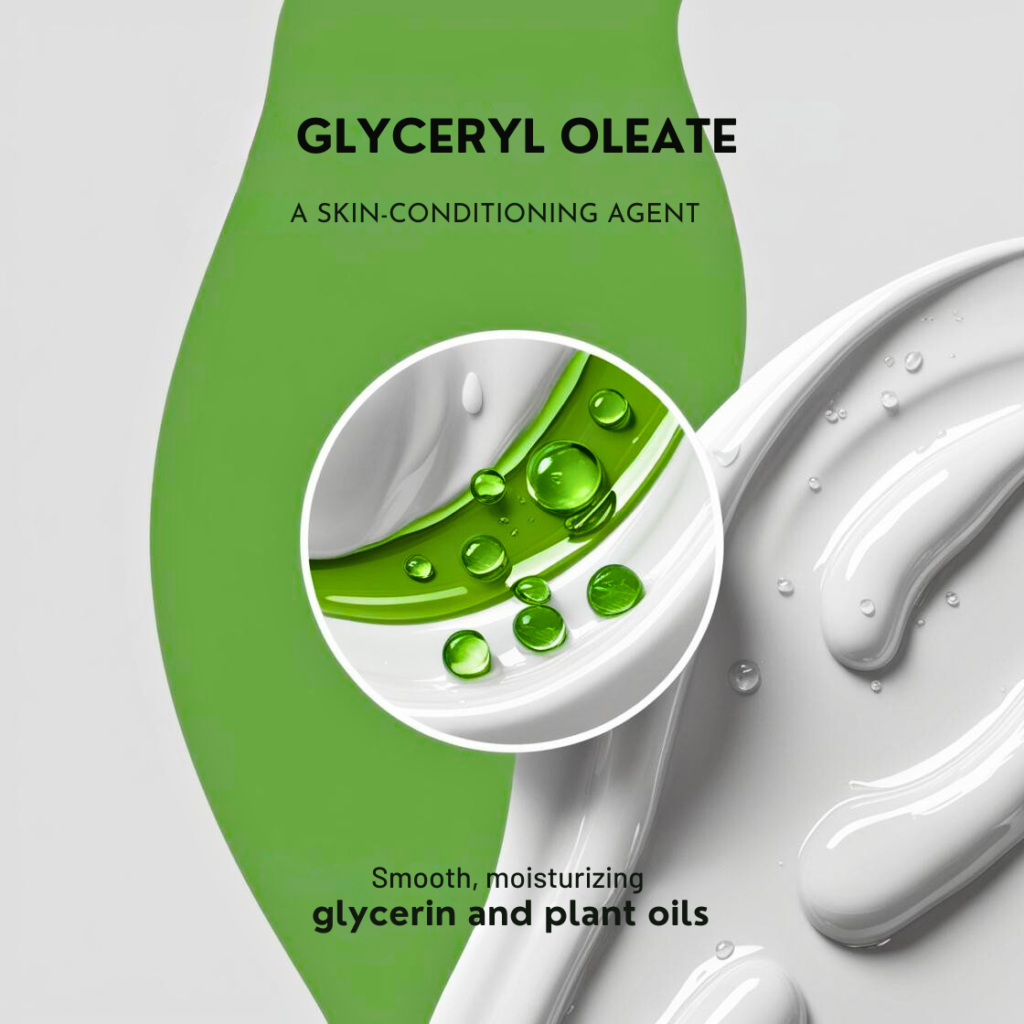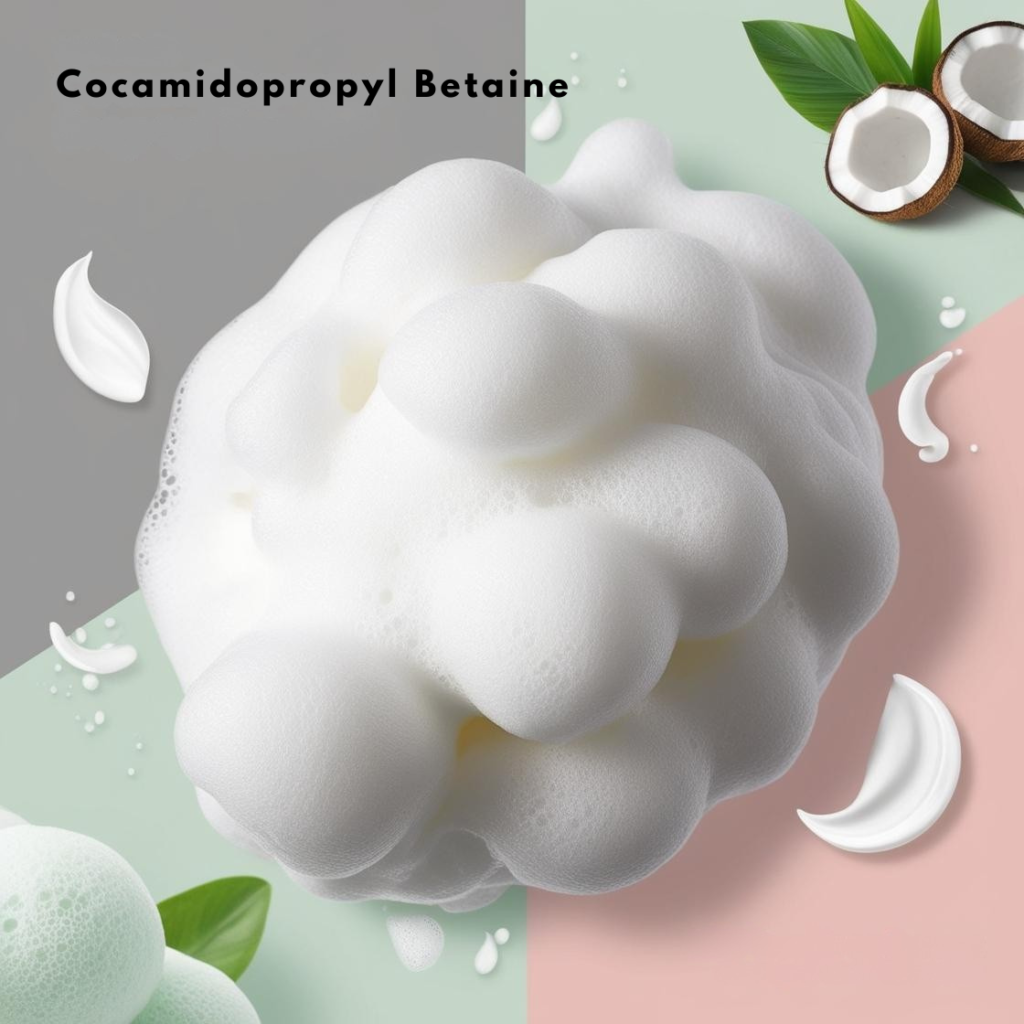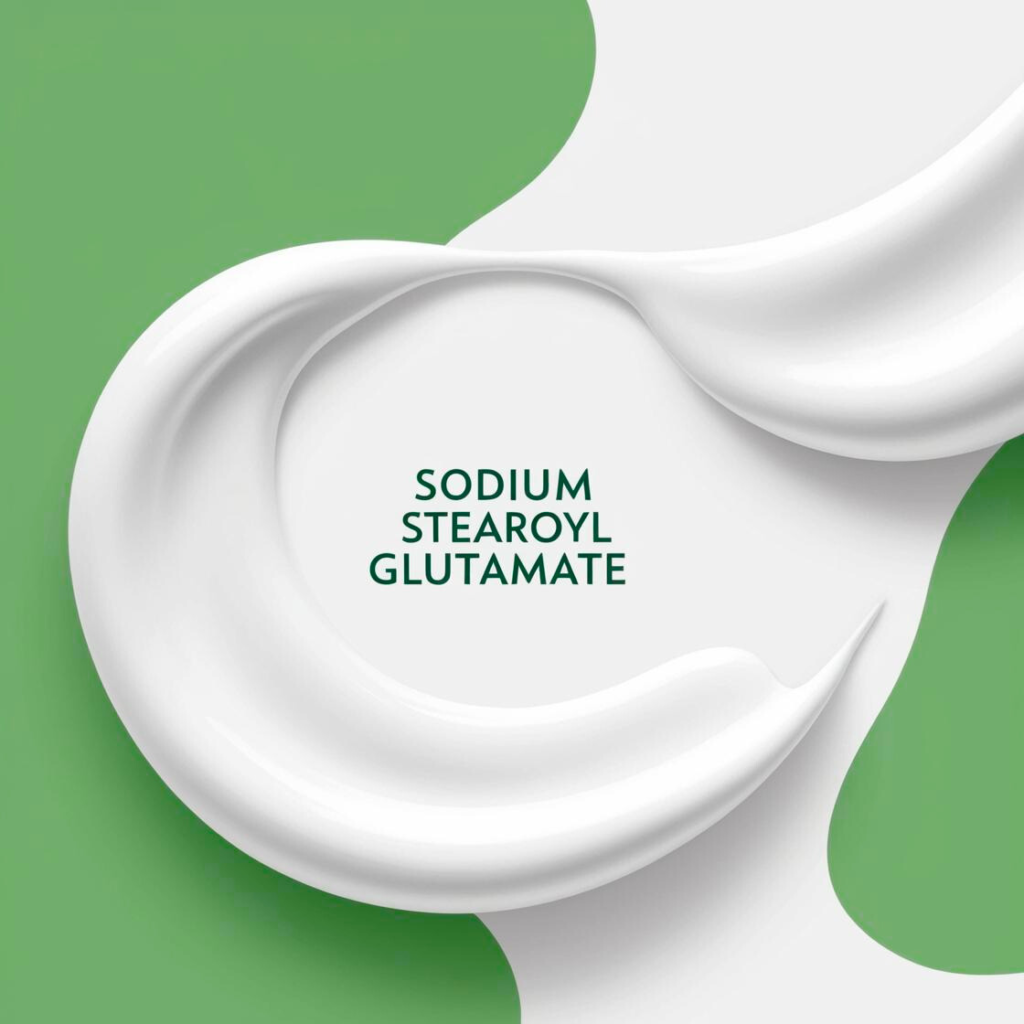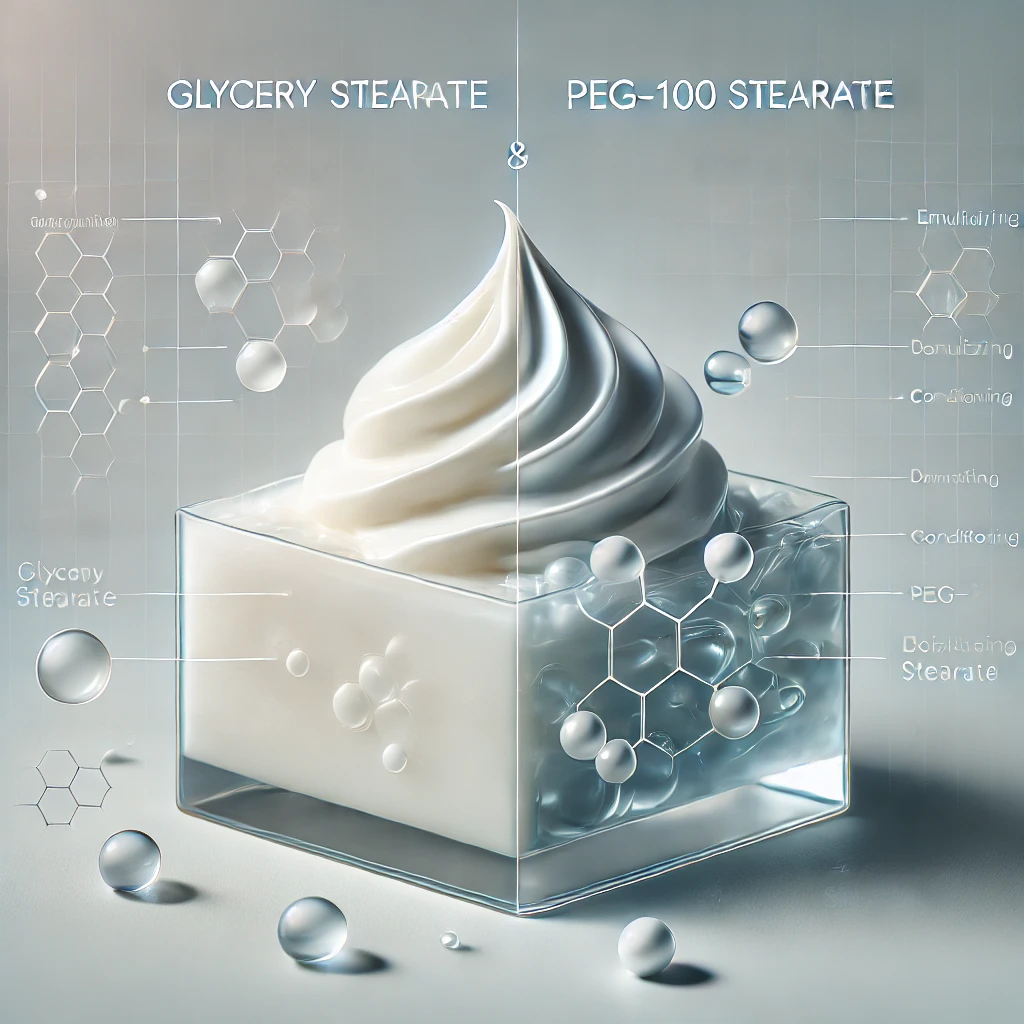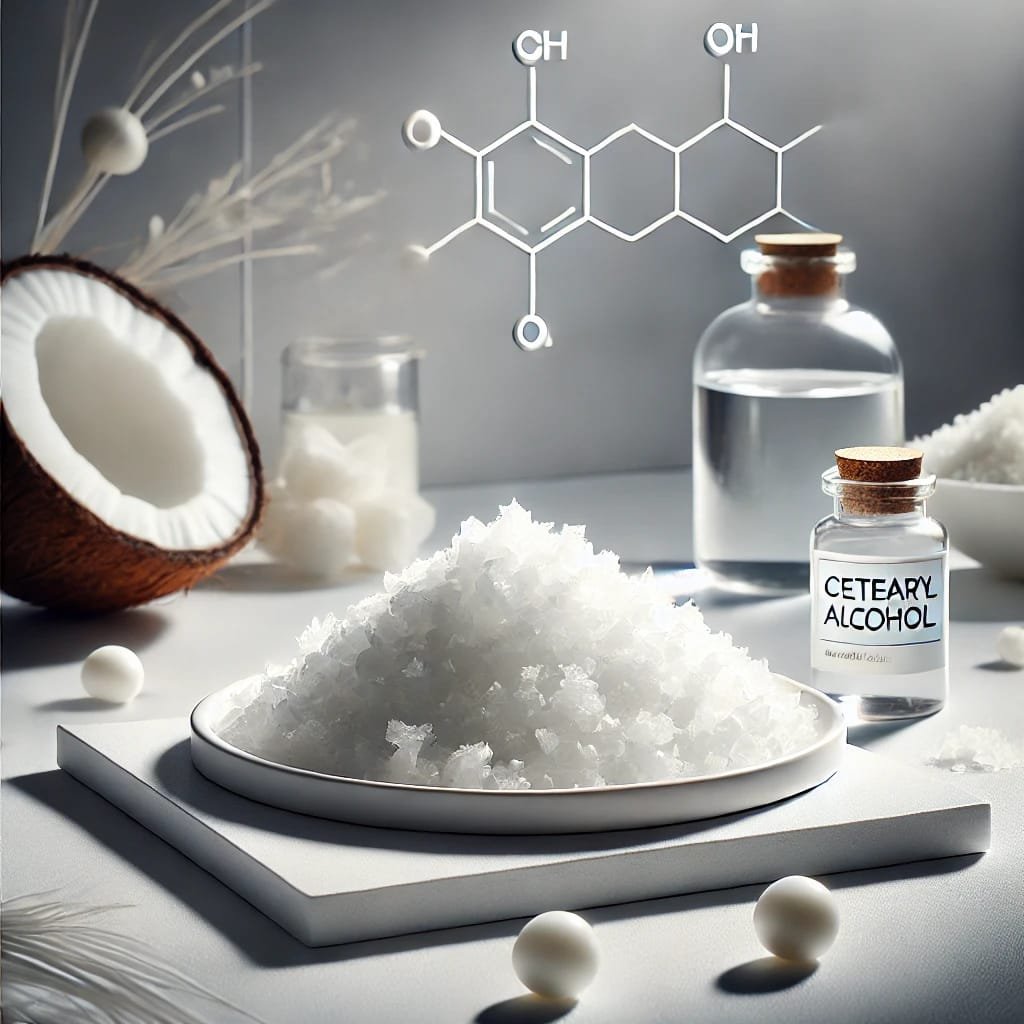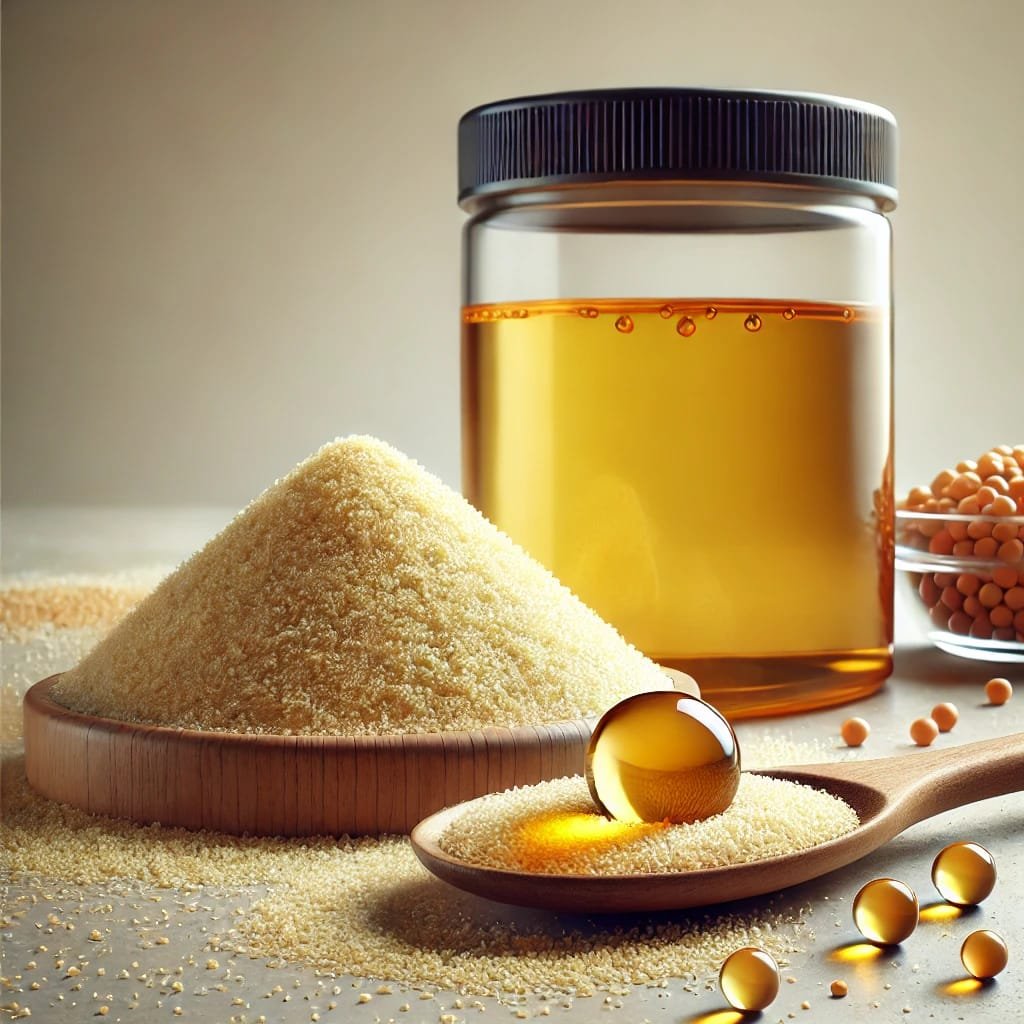Introduction
Emulsifiers are essential for creating stable mixtures of oil and water in various cosmetic, pharmaceutical, and personal care products. The selection of the right emulsifier is critical for ensuring long-lasting stability, smooth texture, and optimal performance. A carefully chosen emulsifier not only ensures a smooth application but also enhances the effectiveness of active ingredients and maintains the overall quality of the formulation. This guide offers 17 key guidelines to help you navigate the process of selecting the perfect emulsifier for your specific formulation needs.
1. Understand the Role of Emulsifiers
Emulsifiers are surfactants that reduce the surface tension between oil and water, allowing them to mix and remain stable. Without an emulsifier, these two immiscible substances would separate. Emulsifiers help create emulsions that can deliver ingredients efficiently to the skin or hair, allowing for better absorption. The emulsifier must also prevent phase separation, ensuring that the formulation remains consistent throughout its shelf life.
2. Identify the Emulsion Type Needed (O/W or W/O)
There are two primary types of emulsions, each requiring a different type of emulsifier:
- Oil-in-Water (O/W) Emulsions: These emulsions have water as the continuous phase, and they are ideal for lightweight products such as moisturizers, serums, and lotions. The emulsifiers for O/W emulsions are typically more hydrophilic and promote a quick absorption of water-based products.
- Water-in-Oil (W/O) Emulsions: These emulsions have oil as the continuous phase and are more suitable for richer formulations like balms, creams, and ointments. These emulsifiers are more lipophilic, providing a thicker, more moisturizing effect and enhanced water-resistance.
Understanding your formulation’s primary phase will guide you in selecting the right emulsifier type.
3. Consider the Hydrophilic-Lipophilic Balance (HLB Value)
The HLB value is a measure of an emulsifier’s balance between hydrophilic (water-loving) and lipophilic (oil-loving) properties. The correct HLB ensures that your emulsifier effectively stabilizes the emulsion:
- Low HLB (3-6): Best for W/O emulsions, where oil is the continuous phase.
- Medium HLB (7-9): Typically used in co-emulsifier systems to enhance stability and prevent phase separation.
- High HLB (10-18): Ideal for O/W emulsions, where water is the continuous phase.
By choosing an emulsifier with the appropriate HLB value for your formulation, you can prevent issues such as phase separation and instability.
4. Assess Compatibility with Other Ingredients
When selecting an emulsifier, compatibility with other ingredients in your formulation is crucial. Not all emulsifiers work well with certain actives, preservatives, or stabilizers. For example, some emulsifiers may not blend well with high levels of oils, alcohols, or surfactants. Incompatibility can result in phase separation, gel formation, or a grainy texture. Perform small-scale tests to ensure that the emulsifier maintains stability when mixed with your specific ingredients.
5. Evaluate pH Stability
Some emulsifiers have a narrow pH tolerance, meaning they only function optimally within a specific pH range. If the pH of your product falls outside the recommended range, the emulsifier may lose its effectiveness, leading to destabilization or degradation of the emulsion. pH-sensitive emulsifiers may break down, causing the product to separate or degrade. Be sure to evaluate the pH range of your emulsifier and test your final formulation at the intended pH levels to ensure optimal performance.
6. Check Temperature Stability
Emulsifiers are also sensitive to temperature changes. Some emulsifiers work best under high-temperature conditions during production, while others can be compromised by heat exposure. Heat-sensitive emulsifiers may break down or lose their ability to stabilize emulsions when exposed to high temperatures in production or storage. Conversely, some emulsifiers are designed to withstand higher temperatures and can remain stable even when subjected to extreme heat during manufacturing. Ensure the emulsifier chosen can withstand the temperature range of your production process and storage conditions.
7. Consider the Desired Texture and Skin Feel
The texture of a product greatly influences its consumer appeal. Some emulsifiers create light, non-greasy textures ideal for fast-absorbing formulas like facial lotions and serums. Others produce thicker, richer formulations that offer a more luxurious feel, such as body butters or night creams. Depending on the intended user experience, selecting an emulsifier that gives the right skin feel and texture is key to customer satisfaction.
8. Assess the Emulsifier’s Performance in Stability Tests
Once an emulsifier is chosen, it’s important to perform stability tests to evaluate its effectiveness over time. Tests such as centrifuge tests, freeze-thaw cycles, and long-term storage evaluations provide insight into the emulsifier’s ability to withstand varying conditions such as temperature fluctuations, humidity, and vibration. These tests ensure that your formulation remains stable and effective throughout its shelf life, minimizing the risk of product failure.
9. Determine the Required Dosage
Emulsifiers vary in potency, and some work well at low concentrations (0.5-2%), while others require higher amounts (5-10%) to be effective. Using the right dosage ensures that your product maintains its desired consistency without wasting resources on excess emulsifier. Too much emulsifier can also affect the texture, causing the product to feel too greasy or thick. Perform small-scale trials to determine the optimal dosage for your specific formulation.
10. Verify the Emulsifier’s Electrolyte Sensitivity
Some emulsifiers are sensitive to electrolytes, which are salts or minerals that can destabilize emulsions. For instance, certain emulsifiers may break down in the presence of high levels of sodium chloride (common in seawater) or other salts. If your product contains ingredients like hyaluronic acid or electrolyte-rich additives, you must choose an emulsifier that is resistant to these electrolyte-induced destabilizations.
11. Ensure Regulatory Compliance
Every market has specific guidelines and regulations regarding the use of emulsifiers in personal care and pharmaceutical products. For example, the EU Cosmetics Regulation (EC No. 1223/2009) and FDA regulations for cosmetic ingredients ensure that emulsifiers meet safety and efficacy standards. Additionally, ISO 16128 and COSMOS standards apply to natural emulsifiers. Ensure that the emulsifier you choose complies with the relevant national and international regulations to avoid legal issues and ensure the safety of your formulation.
12. Consider Natural vs. Synthetic Emulsifiers
There is an increasing demand for natural emulsifiers in the cosmetic and skincare industries, especially with the rise of the clean beauty movement. Natural emulsifiers, such as lecithin, beeswax, and carnauba wax, are derived from plant or animal sources. They are often favored for their biodegradability and gentle effect on the skin. Synthetic emulsifiers, such as polysorbates and PEG-based emulsifiers, offer superior stability and are effective in a wider range of formulations. Consider your target market and whether natural or synthetic emulsifiers align with your product’s positioning.
13. Evaluate Biodegradability and Sustainability
With growing consumer concern for the environment, choosing biodegradable emulsifiers is an important consideration. Eco-friendly emulsifiers, particularly those derived from renewable sources, help reduce environmental impact. Many companies now seek RSPO-certified emulsifiers (from sustainably sourced palm oil), which are an important consideration in industries focusing on sustainability. Ensuring your emulsifier is biodegradable or certified organic helps you meet market demands for environmentally friendly products.
14. Ensure Cost-Effectiveness and Scalability
While performance is important, cost is a key factor in the formulation process. Select an emulsifier that provides the best balance between cost and effectiveness. Large-scale manufacturing can increase costs, so choose emulsifiers that are affordable in bulk and readily available from suppliers. Additionally, check if the emulsifier is scalable, meaning that it can be used in both small and large production runs without compromising quality.
15. Determine the Need for Co-Emulsifiers
In many formulations, a single emulsifier may not be sufficient to achieve the desired performance. Co-emulsifiers or stabilizers are often required to improve texture, viscosity, or emulsion stability. Common co-emulsifiers include gums (xanthan, guar) for thickening, and fatty alcohols (cetyl alcohol, stearyl alcohol) for enhanced texture and stability. Make sure to choose co-emulsifiers that complement your primary emulsifier to achieve the optimal performance of your formulation.
16. Check for Potential Irritation or Allergies
Some emulsifiers, especially harsh synthetic surfactants, may irritate the skin or eyes, particularly in sensitive skin formulations. Always check the irritant potential of emulsifiers and select those that are hypoallergenic and dermatologist-tested, particularly if you are targeting sensitive skin or baby products. Perform patch tests and ensure that the emulsifier you select doesn’t cause adverse reactions.
17. Verify the Emulsifier’s Effect on Active Ingredients
Emulsifiers can sometimes interfere with the potency or effectiveness of active ingredients in your formulation. For example, some emulsifiers may reduce the bioavailability of ingredients like vitamin C, retinol, or peptides, making them less effective in the final product. Alternatively, some emulsifiers can enhance the penetration of actives, improving their efficacy. Select an emulsifier that supports the performance of your active ingredients, ensuring your product delivers the intended results.
Final Thoughts on Emulsifier Selection
Choosing the right emulsifier involves balancing several factors, from ingredient compatibility to performance under varying conditions. By considering the HLB value, ingredient interactions, pH stability, and sustainability, formulators can create emulsions that not only perform well but also align with market demands. Stability testing and small-scale trials will help ensure that your final product is both high-quality and effective over time.


